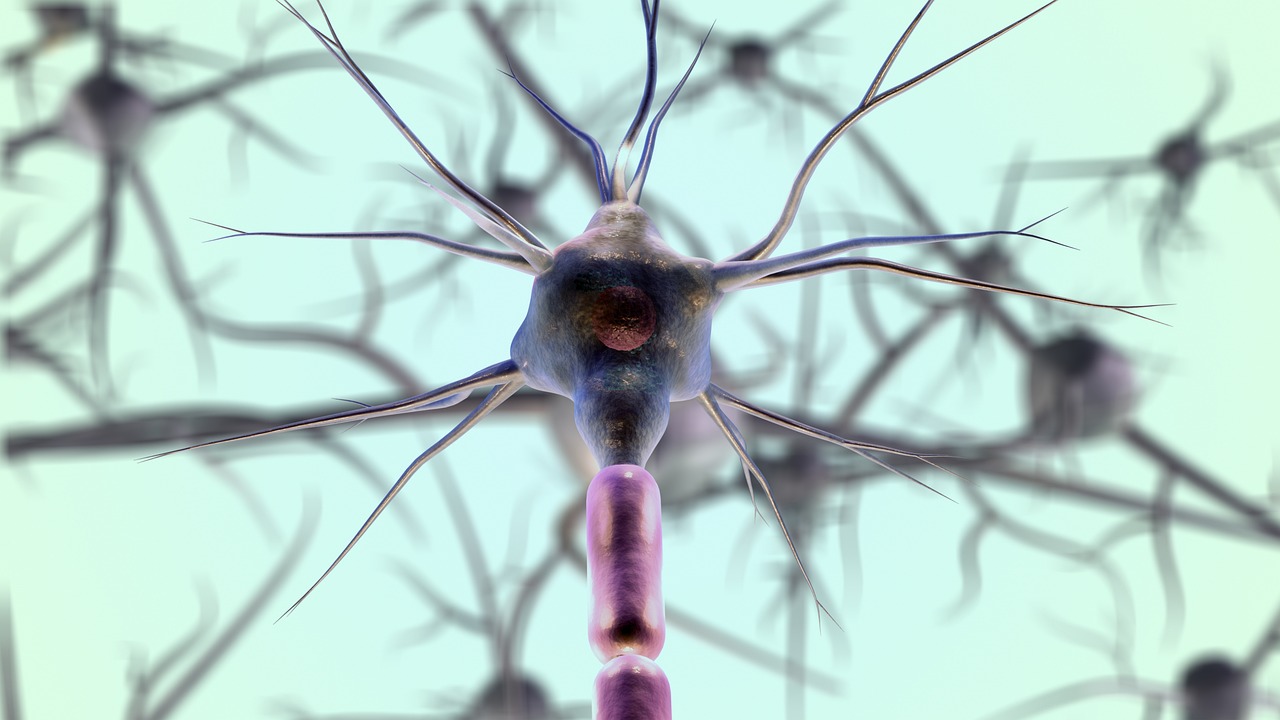Laser Fat Removal Options for Residents of Ireland
Residents of Ireland seeking to reduce belly fat may find laser fat removal to be a viable alternative to traditional surgical methods. This non-invasive treatment utilizes advanced technology to target and eliminate fat cells without the need for extensive recovery time. It is essential to understand how the procedure functions and the typical outcomes experienced by individuals who have undergone treatment.

Laser body-contouring technologies are designed to target small, exercise-resistant fat pockets with either non-invasive or minimally invasive approaches. For residents of Ireland, these treatments are typically performed in regulated clinical settings and are geared toward shaping, not weight loss. Understanding the methods, realistic outcomes, and selection criteria can help you decide whether a laser-based option aligns with your goals and health profile.
This article is for informational purposes only and should not be considered medical advice. Please consult a qualified healthcare professional for personalized guidance and treatment.
Understanding Laser Fat Removal and Its Mechanism
Laser fat reduction generally falls into two categories. Non-invasive laser treatments use external applicators to deliver controlled heat to subcutaneous fat. The energy is tuned to warm adipose tissue while helping protect the skin surface. Over subsequent weeks, the body’s lymphatic system gradually processes the disrupted fat cells. Sessions are usually brief and spaced several weeks apart, with most people returning to routine activities shortly after treatment. These approaches are considered contouring tools for modest reductions rather than a substitute for lifestyle measures.
Minimally invasive laser lipolysis, sometimes called laser-assisted lipolysis, involves inserting a fine fiber through tiny incisions to deliver targeted laser energy within the fat layer. The heat helps liquefy fat for mechanical removal through suction and may offer some degree of tissue tightening. This technique is typically performed under local anesthesia with tumescent fluid. Compared with non-invasive methods, it generally achieves more immediate volume change but involves minor incisions, compression garments during recovery, and short downtime. Device platforms and wavelengths vary, yet the principle is consistent: controlled thermal energy targets fat while aiming to preserve surrounding tissues.
Typical Results and Experiences from Laser Treatment
Results are incremental and vary with the method, the area treated, and individual factors such as metabolism and skin quality. With non-invasive lasers, changes are gradual, usually emerging over 6–12 weeks as the body clears affected fat cells. People often describe a sensation of warmth during treatment and mild, temporary tenderness or swelling afterward. Multiple sessions may be recommended for layered improvement, especially on larger areas or when seeking more noticeable contouring.
For minimally invasive laser lipolysis, outcomes can be visible sooner because fat is physically removed during the procedure. However, bruising, firmness, or numbness can persist for days to weeks as tissues settle. Wearing a compression garment is commonly advised to support contour and comfort during recovery. As with any contouring technique, symmetry and refinement evolve as swelling resolves. Most individuals report the highest satisfaction when their goals are specific—such as smoothing a flank bulge or defining the jawline—rather than expecting substantial weight reduction or a replacement for an active lifestyle and nutrition.
Factors to Consider Before Opting for Laser Fat Removal
- Candidate profile: Laser-based contouring typically suits people close to their target weight who want to address localized fat. A stable weight, good general health, and realistic expectations are important. If skin laxity is significant, you may need to discuss whether tightening measures or different modalities are more appropriate.
- Areas treatable: Common regions include abdomen, flanks, inner/outer thighs, upper arms, back rolls, and submental (under-chin) fat. The choice between non-invasive versus minimally invasive options often depends on the amount of fat, desired change, and tolerance for recovery time.
- Safety and regulation: In Ireland, the Health Products Regulatory Authority (HPRA) oversees medical devices placed on the market, while clinicians are registered through bodies such as the Irish Medical Council (IMC) for medical practitioners. When exploring local services in your area, verify that your practitioner is appropriately qualified, the device is CE-marked, and the clinic has clear protocols for consent, infection control, and emergency response.
- Treatment plan: Ask about session count, spacing, and expected timelines for visible change. Clarify whether one area per visit is recommended, how treatment fields are mapped, and strategies to maintain results through lifestyle measures.
- Risks and side effects: Temporary redness, swelling, tenderness, and altered sensation can occur with both non-invasive and minimally invasive options. With fiber-based laser lipolysis, additional risks include bruising, small scars at entry points, contour irregularities, or pigmentation changes. A thorough medical history helps the provider assess suitability, particularly if you have conditions affecting healing or are on medications influencing bruising.
- Aftercare and daily life: Non-invasive treatments usually allow same-day return to normal routines. Minimally invasive procedures often require short downtime, adherence to compression, and follow-up checks. Understanding aftercare instructions helps support smoother recovery and outcomes.
A practical consultation checklist for residents of Ireland includes: proof of practitioner registration and indemnity cover; confirmation of device make, model, and maintenance; individualized assessment of your goals and skin quality; discussion of alternatives such as ultrasound-based or cryogenic methods; clear explanation of risks and expected results; and written aftercare. If you prefer facilities offering comprehensive care, consider clinics that coordinate imaging, photography, and follow-up under one roof to support objective progress tracking.
Conclusion Laser-based fat reduction can be a useful option for targeted contouring when matched to the right candidate and technique. Non-invasive lasers provide gradual change with minimal interruption to daily life, while minimally invasive laser lipolysis offers more immediate reshaping at the cost of short recovery. For residents of Ireland, careful provider selection, a transparent treatment plan, and informed expectations are central to safe, satisfying outcomes.




